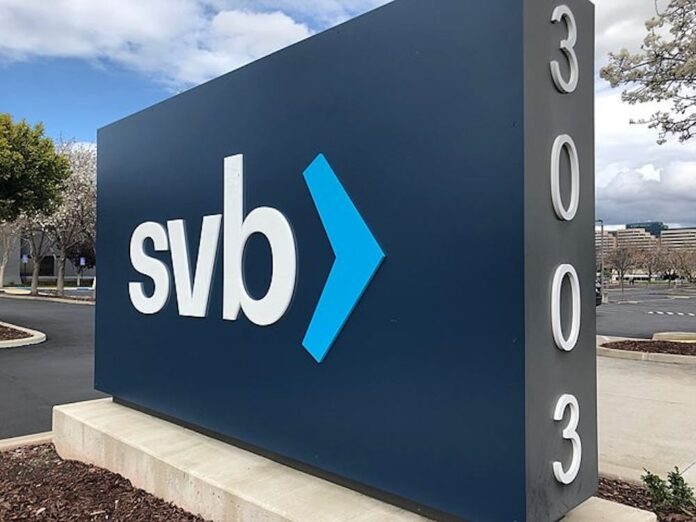The failure of Silicon Valley Bank on March 10 did not cause Carissa Rodeheaver, the head of a community bank hidden in the western Maryland mountains, to reevaluate her approach.
That process began last year when Rodeheaver, CEO of the $1.9 billion First United Bank & Trust (FUNC.O) in Oakland, Maryland, decided to shift his attention away from commercial real estate lending and start ‘husbanding deposits’ by taking a harder look at the collateral backing loans. As a result, there was only a slight $9.6 million increase in lending over the first three months of 2023.
“When you get into higher interest rates … you look to your collateral,” Rodeheaver said in an interview. “We are tightening on price and profitability … That is going to slow lending a bit.”
In assessing the impact of the aggressive rate hikes that have lifted the Fed’s benchmark overnight interest rate a full 5 percentage points over 14 months, U.S. central bank officials may take some solace from First United’s experience that the worst sort of credit shock has been avoided despite the dramatic collapses two months ago of SVB and Signature Bank and the more recent failure of First Republic Bank.
First United did see deposits leave early in the first quarter of this year as some account holders spent down balances and others sought higher interest rates, but padded its cash with brokered deposits and “strategic” borrowing from the Federal Home Loan Bank system, according to the company’s results for the quarter.
Yet if lending increased only slightly, increase it did. For Fed officials, that could spell the difference between concerns about an economy-wrecking credit crash, and the sort of restraint policymakers would not only expect as they raise rates, but need to take root for inflation to slow.





